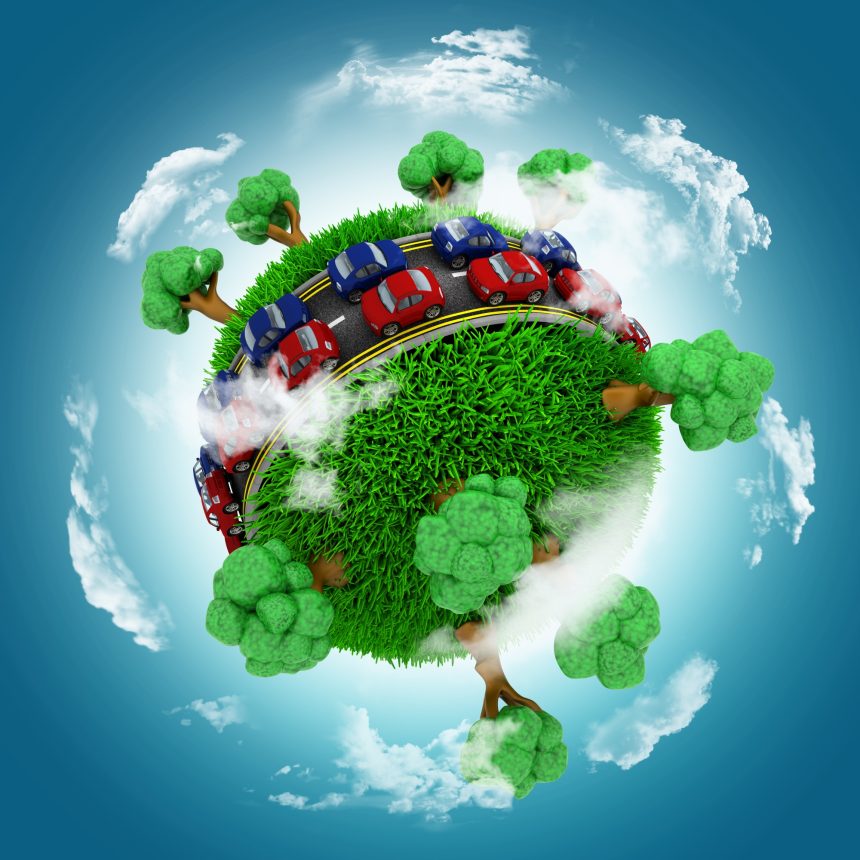As climate change and resource depletion dominate global concerns, sustainability is reshaping digital marketing. Consumers—particularly younger generations—are pushing brands to embrace eco-conscious values, and by March 2025, this demand is a strategic imperative. Sustainability in digital marketing goes beyond green branding; it’s about crafting campaigns that authentically reflect environmental responsibility while engaging audiences. Here’s how sustainability is transforming digital marketing and how brands can build campaigns that benefit both the planet and their bottom line.
The Rise of the Eco-Conscious Consumer
Sustainability is now a mainstream expectation. By 2025, 66% of global consumers are willing to pay more for sustainable products, with Gen Z and Millennials at the forefront (NielsenIQ, 2023). Eco-friendly brands are outpacing traditional ones in sales growth (Forrester, 2024), and digital marketing must reflect this shift. Transparency is key—73% of consumers demand proof of environmental impact (Pew Research Center, 2023). Eco-conscious campaigns are no longer a niche—they’re a necessity.
Why Sustainability Matters in Digital Marketing
Sustainability offers more than moral appeal; it’s a strategic asset in 2025:
- Loyalty Driver: Eco-values build trust—81% of consumers favor sustainable brands (Salesforce, 2024).
- Market Differentiation: Green campaigns cut through digital noise (HubSpot, 2024).
- Policy Push: Regulations and platforms encourage eco-practices (European Commission, 2024).
- Reputation Gain: Authentic efforts boost credibility; greenwashing risks collapse (Forrester, 2024).
Strategies for Eco-Conscious Campaigns
Sustainable campaigns require intent and innovation. Here are five strategies thriving in 2025:
- Showcase Impact
Highlight verifiable eco-wins—like “Our app cut 10,000 lbs of CO2”—with data (HubSpot, 2024). - Promote Mindful Buying
Push quality over quantity, like a brand advocating “buy less, love more” (Salesforce, 2024). - Reduce Digital Footprint
Optimize for energy efficiency with low-data ads or streamlined sites (Google, 2024). - Purposeful Partnerships
Team with eco-causes—like donating per campaign interaction (Forrester, 2024). - Eco-Storytelling
Share a product’s green journey to connect emotionally (Pew Research Center, 2023).
Real-World Examples
Patagonia’s digital push for “repair, don’t replace” sets the standard (Patagonia, 2024). In 2025, a beauty brand might track carbon savings in a “refill campaign,” or a tech firm promote a “zero-waste app” with user stats, proving sustainability sells.
The Future of Green Marketing
AI could personalize eco-messages, while blockchain verifies claims (Gartner, 2024). Consumers expect leadership—85% want brands to drive climate action by 2030 (Salesforce, 2024). Authenticity is critical; fakes get called out (Forrester, 2024).
Planet and Profit
In 2025, sustainable digital marketing aligns purpose with profit. Eco-conscious campaigns build loyalty and stand out. Brands that act genuinely will lead. The planet—and your audience—demands it.
References
- European Commission. (2024). Green digital policies for 2025. https://ec.europa.eu
- Forrester. (2024). Sustainability trends in marketing: 2025 outlook. https://www.forrester.com
- Gartner. (2024). Tech innovations for sustainable marketing. https://www.gartner.com
- Google. (2024). Digital efficiency: Reducing carbon footprints. https://www.google.com/sustainability
- HubSpot. (2024). Eco-conscious marketing strategies for 2025. https://www.hubspot.com
- NielsenIQ. (2023). Global consumer sustainability report. https://www.nielseniq.com
- Patagonia. (2024). Our sustainability mission. https://www.patagonia.com
- Pew Research Center. (2023). Consumer values and sustainability. https://www.pewresearch.org
- Salesforce. (2024). State of the connected customer: 2025 edition. https://www.salesforce.com














